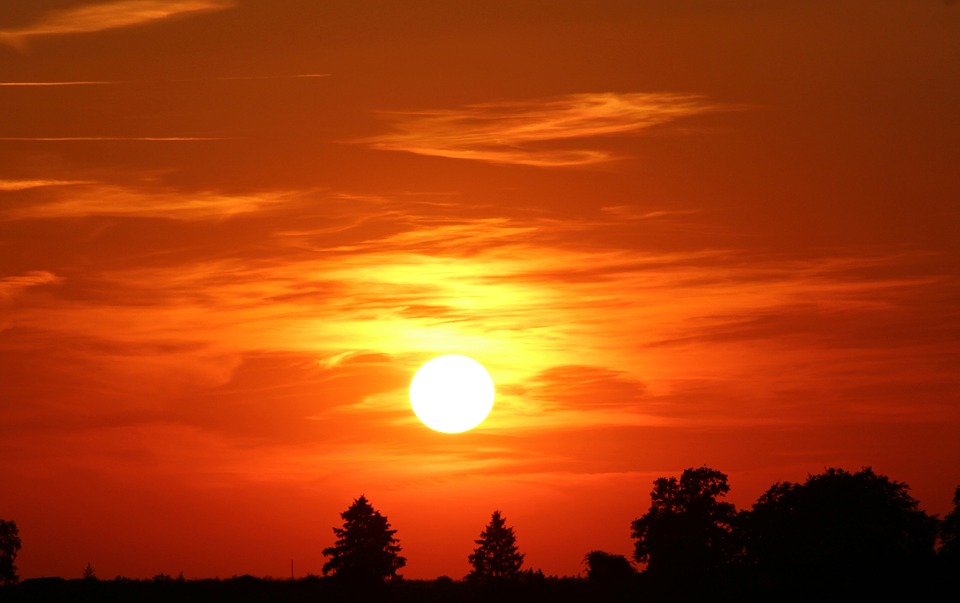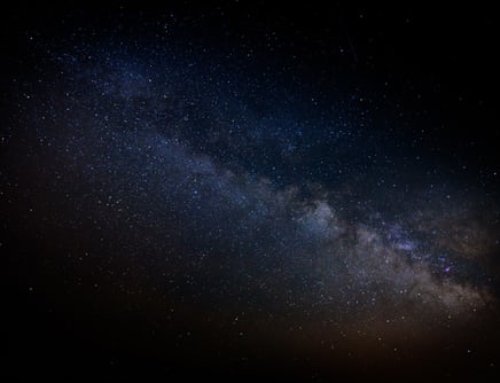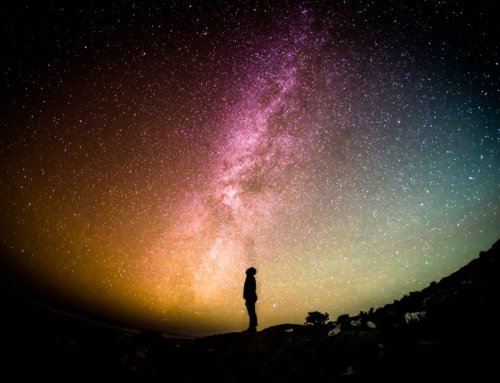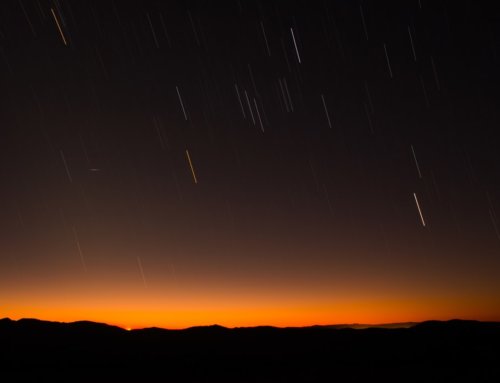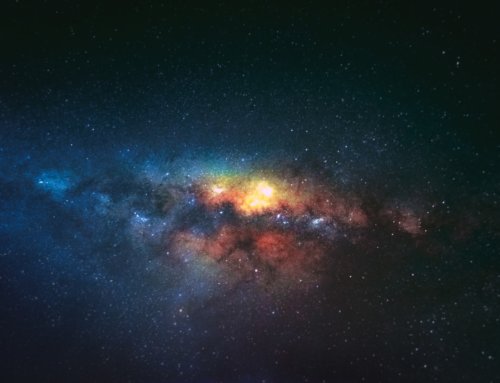Most people know that all stars eventually die. With that said, when will the sun die, and what will happen as it starts to die? Luckily, most experts believe humans won’t be around to witness the death of the sun. In the past, astronomers believed that the sun would turn into a planetary nebula and a luminous bubble of gas and dust. However, recent evidence suggests this could happen differently.
Astronomers believe the sun is 4.6 billion years old. This information comes from gauging other objects in the solar system. Based on this information, researchers believe that the sun will start to fade at the end of 10 billion years, which means much time remains before this happens. At the end of 10 billion years, the sun will turn into a giant red star. During this period, the core part of the star will begin to shrink, and as this happens, the flames will expand out to as far as Mars, which means Mercury, Venus and Earth will all get engulfed by the sun.
Up until recently, researchers had little to back up their theories—keyword: until recently. ESA’s Gaia Observatory means that people have examined hundreds of thousands of white dwarf stars, and they have done this with an incredible level of precision. They have looked at distance, color and brightness, and this has given them insights into what happens when stars lose their warmth. What they witnessed was that core crystallization began to pile up within the dwarf stars, and as this happened, the stars slowly began to lose their heat and die. The sun increases in its brightness by 10 percent every billion years, which means within the next billion years, humans most likely won’t be around.
Researchers have also looked at the difference in stars. For example, the bigger stars will eventually turn into a supernova. Eventually, they will transform into a black hole, or they will become a neutron star, which means it will have a high density because it collapsed in on itself. The earth’s sun is actually one of the smaller stars. What does this mean? Eventually, the sun will begin to shed its outer layers and turn into a planetary nebula. Researchers have used the modeling of stars that have a similarity to the one with earth.

